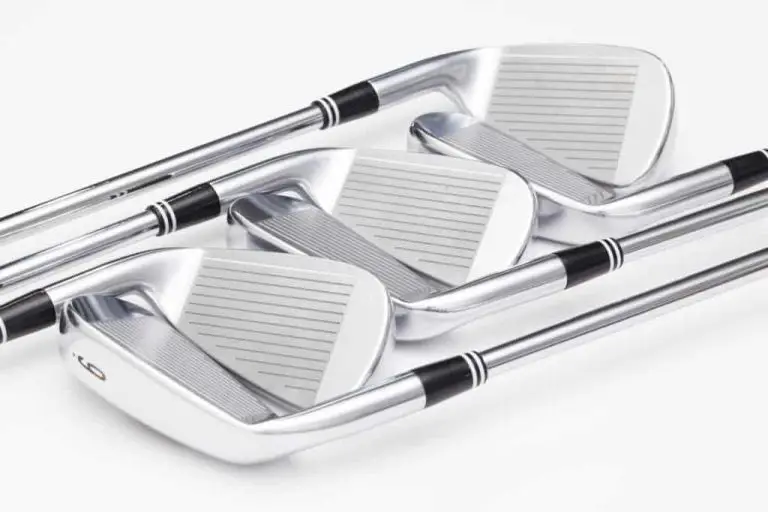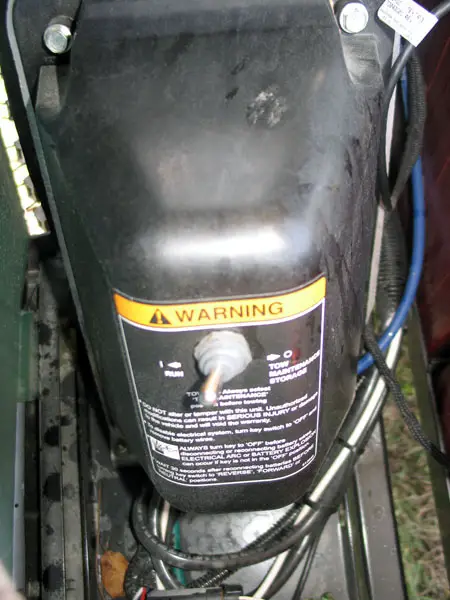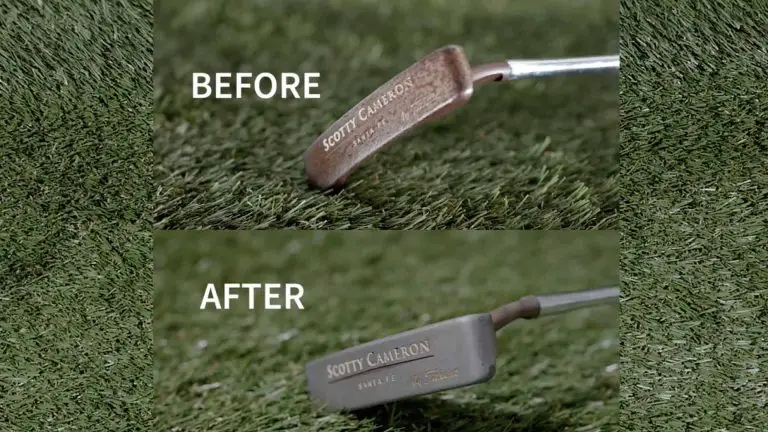Are More Expensive Golf Balls Worth It
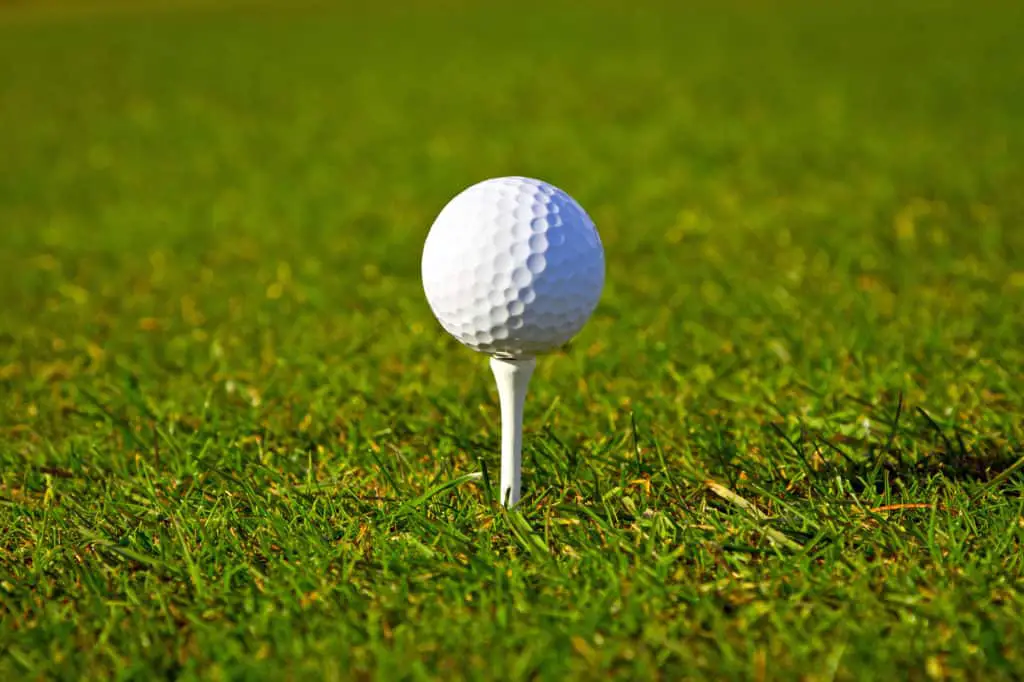
Golf is a sport that requires precision, skill, and the right equipment. One of the most important pieces of equipment in the game of golf is the golf ball. However, with so many different types and brands of golf balls on the market, it can be challenging to choose the right one. One of the most debated questions among golfers is whether more expensive golf balls are worth the investment.
There’s no denying that premium golf balls can cost significantly more than budget golf balls. But the question remains, do they offer better performance, and are they worth the extra cost? In this article, we’ll explore the performance factors of golf balls, the different types of golf balls, the advantages and disadvantages of expensive golf balls, and whether or not they’re worth the investment.
Whether you’re a professional golfer or a recreational player, choosing the right golf ball can have a significant impact on your performance on the course. So, if you’re wondering whether more expensive golf balls are worth it, keep reading to find out.
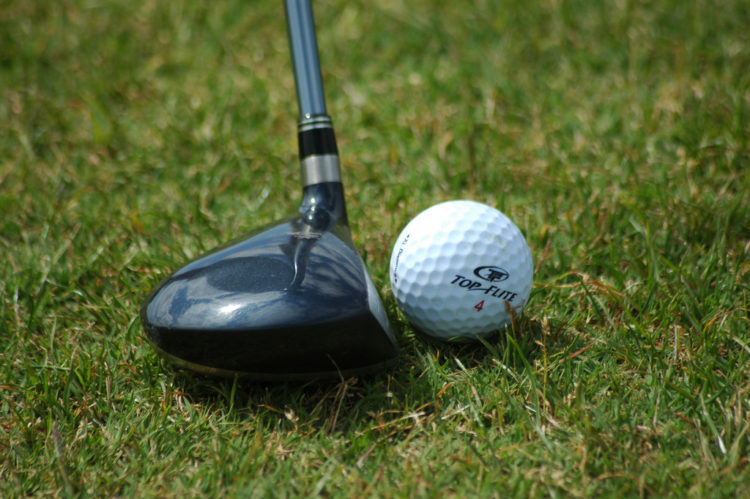
Performance Factors of Golf Balls
The performance of golf balls is determined by several factors, including compression, spin, and cover material. These factors can affect distance, accuracy, and overall performance on the course. Generally, more expensive golf balls tend to have higher compression, lower spin, and more advanced cover materials, which can result in better overall performance.
Types of Golf Balls
There are two main types of golf balls: premium and budget. Premium golf balls are typically more expensive and are designed for high-performance play. They tend to have advanced features and materials, such as multi-layer construction and urethane covers. Budget golf balls, on the other hand, are designed for recreational players and tend to be more affordable. They often have a one-piece construction and are made with lower-grade materials.
Advantages of Expensive Golf Balls
One of the main advantages of using expensive golf balls is their performance. Premium golf balls tend to have a higher level of performance, including better distance, accuracy, and feel. They’re also designed to provide better spin control, which can be important for advanced players who want to control their shots on the green.
In addition, expensive golf balls tend to be more durable and longer-lasting than budget golf balls. They’re made with higher-quality materials that are less likely to scuff or wear out over time, which means that they can provide better overall value in the long run.
Disadvantages of Expensive Golf Balls
The main disadvantage of using expensive golf balls is the cost. Premium golf balls can cost up to several times more than budget golf balls, which can be a significant investment for some golfers. In addition, not all golfers may see a significant improvement in their game with expensive golf balls, which can make the investment feel like a waste of money.
Another potential disadvantage of expensive golf balls is their tendency to be less forgiving on mishits. Because they’re designed for high-performance play, they can be less forgiving on shots that aren’t hit perfectly. This can be frustrating for recreational players who are still working on their skills.
Budget Golf Balls
Budget golf balls are a good option for recreational players or those on a budget. They can provide adequate performance at a more affordable price point. Some budget golf balls, such as the Titleist Velocity, can still offer advanced features and performance, making them a good value for golfers who don’t want to invest in more expensive options.
Choosing the Right Golf Ball
Choosing the right golf ball depends on individual preferences and needs. Golfers should consider their skill level, swing speed, and playing style when selecting a golf ball. For example, advanced players may benefit from using more expensive golf balls with advanced features and materials, while recreational players may find budget golf balls to be adequate for their needs.
It’s also important to try different golf balls and experiment with what works best for your game. Many golf retailers offer sample packs or individual sleeves of golf balls, which can be a good way to test out different options without making a significant investment.
Conclusion
In conclusion, the debate about whether more expensive golf balls are worth the investment ultimately depends on individual preferences and needs. While expensive golf balls can provide higher performance and durability, they may not be necessary or beneficial for all golfers. It’s important to consider your skill level, swing speed, playing style, and budget when selecting a golf ball. By trying out different options, you can find the right balance between cost and performance that works for you.
In general, if you’re an advanced player looking for the highest level of performance, then investing in more expensive golf balls may be worth it. However, if you’re a recreational player or on a budget, then budget golf balls can provide adequate performance without breaking the bank.
Ultimately, the most important factor in your game is your skill and technique, not the golf ball. While a higher-performing golf ball can help you maximize your potential, it’s still up to you to put in the time and effort to improve your game. So, whether you choose a budget or premium golf ball, remember to focus on improving your skills and enjoy the game of golf.



